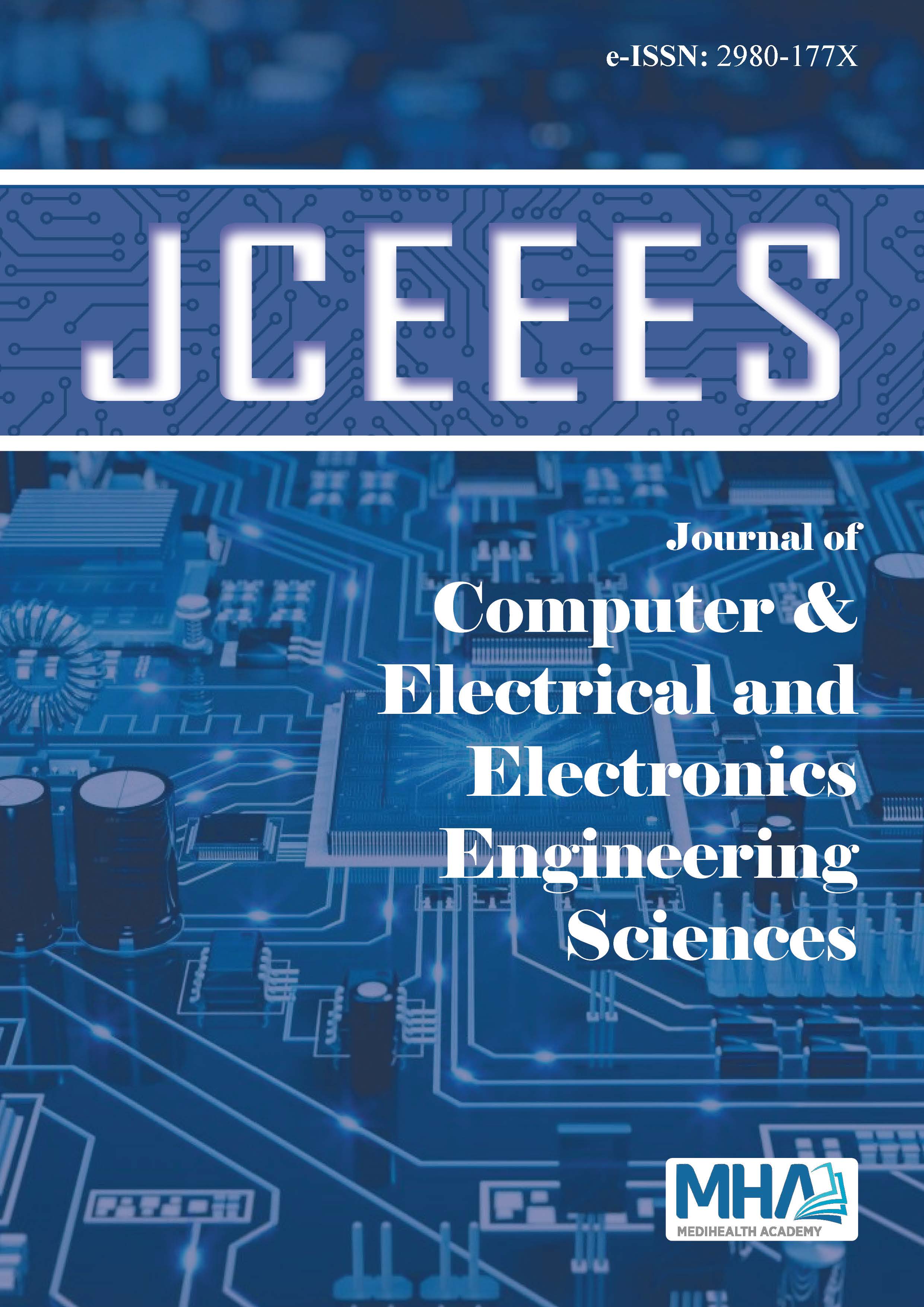1. Lloyd, S. P. (1957). Least square quantization in PCM. Bell TelephoneLaboratories Paper. Published in journal much later: Lloyd, SP: Leastsquares quantization in PCM. IEEE Trans. Inform. Theor. (1957/1982),18(11).
2. Forgy, E. W. (1965). Cluster analysis of multivariate data: efficiencyversus interpretability of classifications. Biometrics, 21, 768-769.
3. Lejeune Dirichlet, G. (1850). Over the reduction of the positive squareshapes with three indefinite entire numbers . Journal for the pure andapplied Mathematics ( Crelles Journal ), 1850(40), 209-227.
4. Voronoi, G. (1908). News apps of the settings continue with thetheory of the shapes quadratic. Second memory. Research on _parallelohedrons primitives . Newspaper for die queen und angewandteMathematik (Crelles Journal), 1908(134), 198-287.
5. Linde, Y., Buzo, A., & Gray, R. (1980). An algorithm for vector quantizerdesign. IEEE Transactions on communications, 28(1), 84-95.
6. Gersho, A. (1982). On the structure of vector quantizers. IEEETransactions on Information Theory, 28(2), 157-166.
7. Gray, R. (1984). Vector quantization. IEEE Assp Magazine, 1(2), 4-29.
8. Makhoul, J., Roucos, S., & Gish, H. (1985). Vector quantization inspeech coding. Proceedings of the IEEE, 73(11), 1551-1588.
9. Meagher, D. (1982). Geometric modeling using octree encoding.Computer graphics and image processing, 19(2), 129-147.
10. Uhr, L. (1963). “ Pattern recognition” computers as models for formperception. Psychological Bulletin, 60(1), 40.
11. Li, D., & Wu, M. (2021). Pattern recognition receptors in health anddiseases. Signal transduction and targeted therapy, 6(1), 291.
12. Serey, J., Alfaro, M., Fuertes, G., Vargas, M., Durán, C., Ternero, R., ... &Sabattin, J. (2023). Pattern recognition and deep learning technologies,enablers of industry 4.0, and their role in engineering research.Symmetry, 15(2), 535.
13. Mantel, N., & Brown, C. (1974). Alternative tests for comparing normaldistribution parameters based on logistic regression. Biometrics, 485-497.
14. Kononenko, I. (1989). ID3, sequential Bayes, naive Bayes and Bayesianneural networks. Proc. of European Working Session on LearningEWSL, 4-6.
15. Palmer, E. M., & Schwenk, A. J. (1979). On the number of trees in arandom forest. Journal of Combinatorial Theory, Series B, 27(2), 109-121.
16. Friedman, J. H. (2001). Greedy function approximation: a gradientboosting machine. Annals of statistics, 1189-1232.
17. Fukunaga, K., & Narendra, P. M. (1975). A branch and bound algorithmfor computing k-nearest neighbors. IEEE transactions on computers,100(7), 750-753.
18. Magee, J. F. (1964). Decision trees for decision making (pp. 35-48).Brighton, MA, USA: Harvard Business Review.
19. Vapnik, V., Golowich, S., & Smola, A. (1996). Support vector method forfunction approximation, regression estimation and signal processing.Advances in neural information processing systems, 9.

